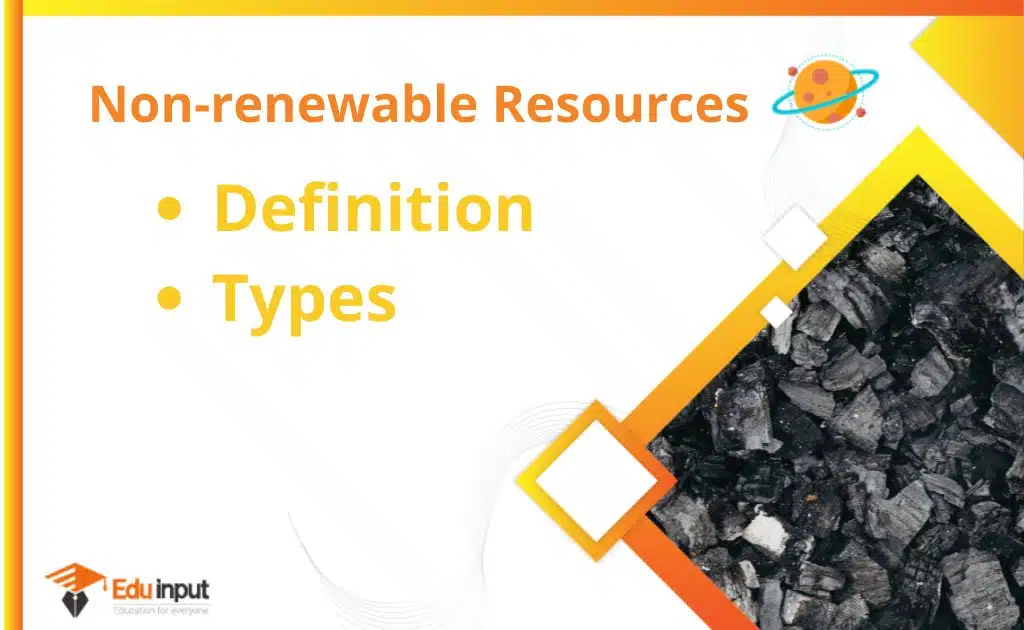Kinetic Energy-Definition,Types,And Work Energy Principle in Term of Kinetic Energy
Kinetic energy is a measure of the energy possessed by an object in motion. So, let’s understand the concept of kinetic energy in physics in a detailed manner.
What is Kinetic energy in Physics?
Kinetic is the energy associated with movement or the potential energy of movement. Let us consider a person running on the street. As he runs, he generates a force, and when that force is converted into kinetic energy. When we talk about kinetic energy in physics then it is the amount of energy possessed by a moving object at a given speed.
So, kinetic energy is a measure of the energy possessed by an object in motion.
Kinetic energy Formula
Kinetic energy is defined as the total energy that is possessed by an object in motion. The formula for calculating K.E is:
K.E = 1/2mv2
Where v is the velocity of the object and m is its mass.
Kinetic Energy unit
K.E is a scalar quantity and its unit is the joule. The dimensions of K.E are [ML2T2].
Kinetic energy examples
Every moving object that has mass must possess K.E. But the K.E of every object is different as it depends on the mass and velocity of objects. The objects that have the same mass and move with the same velocity then their K.E will also same.
- A heavy object like a truck or bus has more K.E than a moving car or a motorbike
- The Rotational K.E of disc and Hoop
Types of kinetic energy
Kinetic energy has five types
- Radiant energy
- Thermal energy
- Sound energy
- Electrical energy
- Mechanical energy
Thermal energy
It is the energy of the system that is responsible for the temperature of the system. The first law of thermodynamics and the second law of thermodynamics deal with this type of energy. For example
- The heat coming from the sun
Sound Energy
The energy produced from the vibration of n object is called sound energy. For example
- The roar of a loin
- Sound produces by popping the balloon
Electrical energy
The energy produced by the movement of electric charges is called electrical energy. For example
- Batteries and lightning
Mechanical energy
The sum of both potential energy and kinetic energy is called mechanical energy. For example
- Movement of satellites
Radiant energy
Radiant energy is the type of energy resulting from electromagnetic radiation. For example
- Ultraviolet rays
Work energy principle in term of kinetic energy
Consider a body of mass m is moving with velocity vi.
A force F act on the body through a distance d. it changes its velocity to vf.
2ad=vf2-vi2
d=1/2a (vf2-vi2)
From Newton’s second law of motion
F=ma
Fd =1/2m (vf2-vi2)
W=1/2 (mvf2-mvi2)
W=ΔK.E
Which is required work energy principle.
Overview of Kinetic Energy
- It is conserved in a collision.
- It is dependent on mass. It is directly proportional to the mass of the object.
- Kinetic energy is directly proportional to the square velocity of the object. If v is doubled, then K.E becomes four times.
- It is the same for an object moving in a linear motion as well as in circular motion.
- It is a scalar quantity.
- It is the change in potential energy.
- It is the rate of change of potential energy.
- It is the average energy of motion.
- It is the average momentum of a system. If P is the momentum then energy is related to momentum as E=P2/2m
- It is the quantity of the work done.
- It is the work done by the forces acting upon an object.
- It is related to the angular momentum.
- It is the energy that is necessary for an object to maintain its current state.
- It is the energy possessed by a moving object.
- It is the change in internal energy.
- It is the energy that is required to accelerate a body.
- It is the amount of work that is needed to move a body from one position to another.
- It is the energy that an object possesses if it is in motion.
- It is the total energy that is possessed by a system.
- It is the work done by a force.
- It is the energy possessed by a body.
- It is the energy that is generated due to the acceleration of a body.







Leave a Reply